Over 60,000 Plants Bloom Inside the World’s Largest Orchid Garden
Step inside Singapore’s National Orchid Garden, a collection that includes 600 newly created hybrid species
Singapore’s national flower, the Papilionanthe "Miss Joaquim," is a Frankenstein orchid—a mix of two species, Vanda Hookeriana and V. teres, hybirdized in the 1890s by an Armenian horticulturalist, Agnes Joaquim, living in Singapore. The flower, which displays a large pink lip with a red and yellow splash in the middle, became Sinapore's national flower in 1981, when it was selected out of 40 others as the one that most represented the country's vibrant and resilient spirit. Now that flower, along with 60,000 others, is on display in the National Orchid Garden in the Singapore Botanic Gardens, creating the largest exhibit of orchids anywhere in the world.
The botanic garden—now Singapore’s first UNESCO site and the heritage program’s only tropical botanic garden listed—has been a fixture in Singapore since 1859, with a flagship orchid breeding program established in 1928. The National Orchid Garden opened as a place for horticulturist staff to show the best of their hybrid breeds. Currently, more than 1,000 orchid species and more than 2,000 hybrid orchids are on display—incuding about 200 VIP orchids that can only be seen at the garden.
To date, the breeding program at the garden has created more than 600 new and unique orchid species, including the Papilionanda Mimi Palmer (a cross between the Papilionanda Tan Chay Yan and Papilionanda tessellata), which has a sweet scent and dense markings on the flowers; the Papilionanda Tan Chay Yan (a cross between the Papilionanda dearei and Papilionanda Josephine van Brero), which is considered one of the finest hybrid orchids ever produced in Singapore; and the Arachnis Maggie Oei (a cross between the Arachnis hookeriana and Arachnis flos-aeris), which was the first Singapore hybrid grown commercially as a cut flower.
Dr. Leong Chee Chiew, Executive Director of National Parks, Gardens & Nature Reserves, explained to Smithsonian.com how the hybrid breeding program works, a process that can often take years to bear fruit:
“Orchids are pollinated by hand by depositing pollen from one flower to another. If fertilization is successful, the seedpods will develop and ripen in a few weeks to a few months. Just before they split open, seedpods are sent to the laboratory for seed sowing and germination to prevent contamination by fungus or bacteria spores in the air. Seedpods are sterilized and opened to extract the seeds, which are then sowed onto an agar media in a scientific flask for germination to take place. This produces orchid seedlings, which are cultivated in other media such as sphagnum moss. When the plants mature and flower after a few years, a specimen is selected based on its attributes and then cloned through tissue culture.”
More than 200 of the garden's orchid hybrids are named for foreign dignitaries and heads of state, Leong said. It’s meant as a gesture of friendship and goodwill between Singapore and other countries. The Obamas have their own, and so does Nelson Mandela, Prince William, Kate Middleton, Jane Goodall and Jackie Chan. All the “famous” species are kept in a specific areas called the VIP and Celebrity Orchid Gardens. The garden also runs a preservation and conservation program for native orchids, allowing endangered species to be repopulated and distributed throughout green spaces in Singapore.
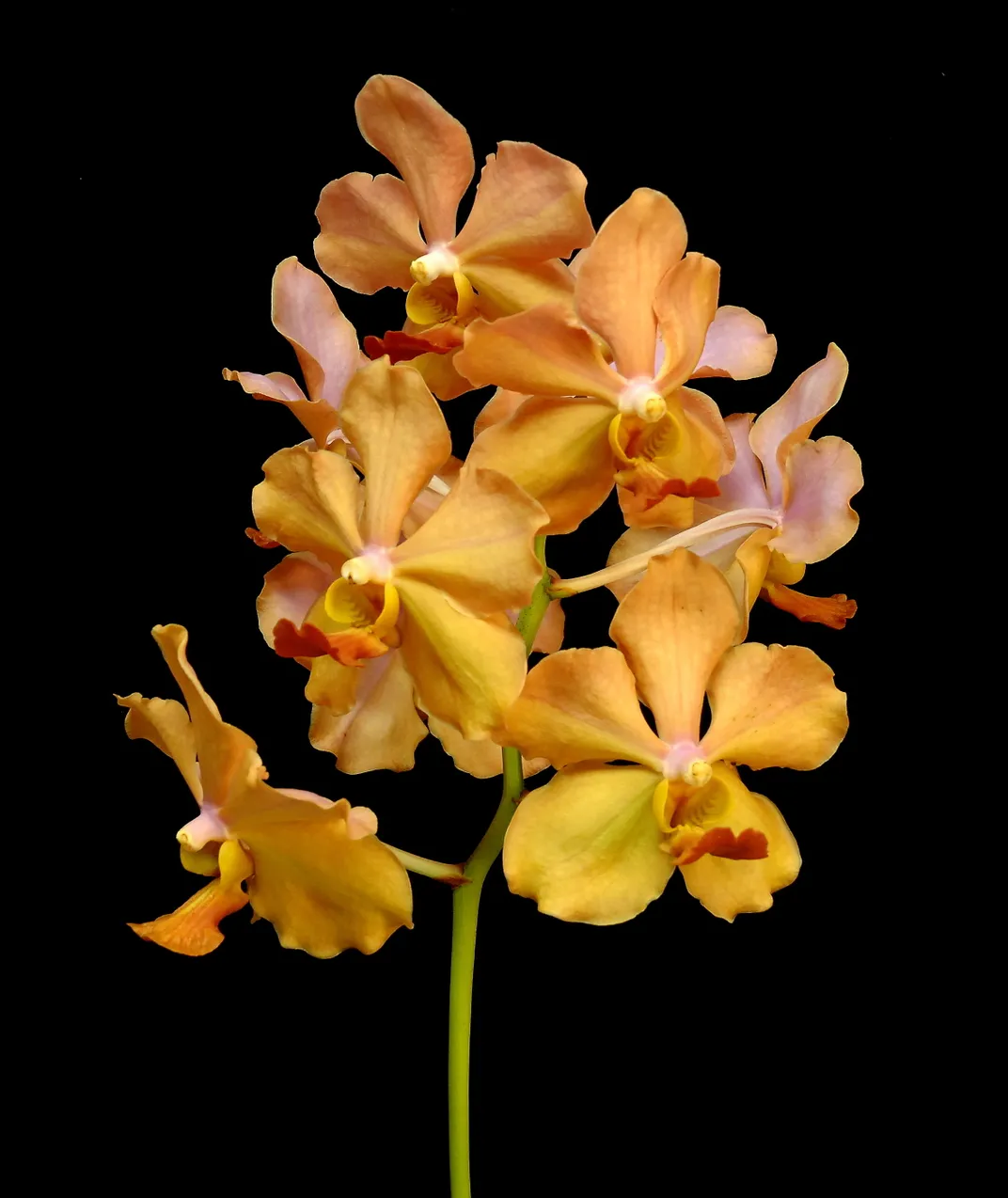
Parts of the National Orchid Garden are currently under construction, with enhancements to the property expected to be finished by 2019. New features will include a higher-elevation rare orchid garden, a “secret ravine” that acts as a transition from one climate zone to another, improvements to the current mist house and the Tropical Montane Orchidetum, which will be a spot solely dedicated to the hybrid orchids created at the garden.
Planning Your Next Trip?
Explore great travel deals
Smithsonian magazine participates in affiliate link advertising programs. If you purchase an item through these links, we receive a commission.
/https://tf-cmsv2-smithsonianmag-media.s3.amazonaws.com/accounts/headshot/JenniferBillock.png)
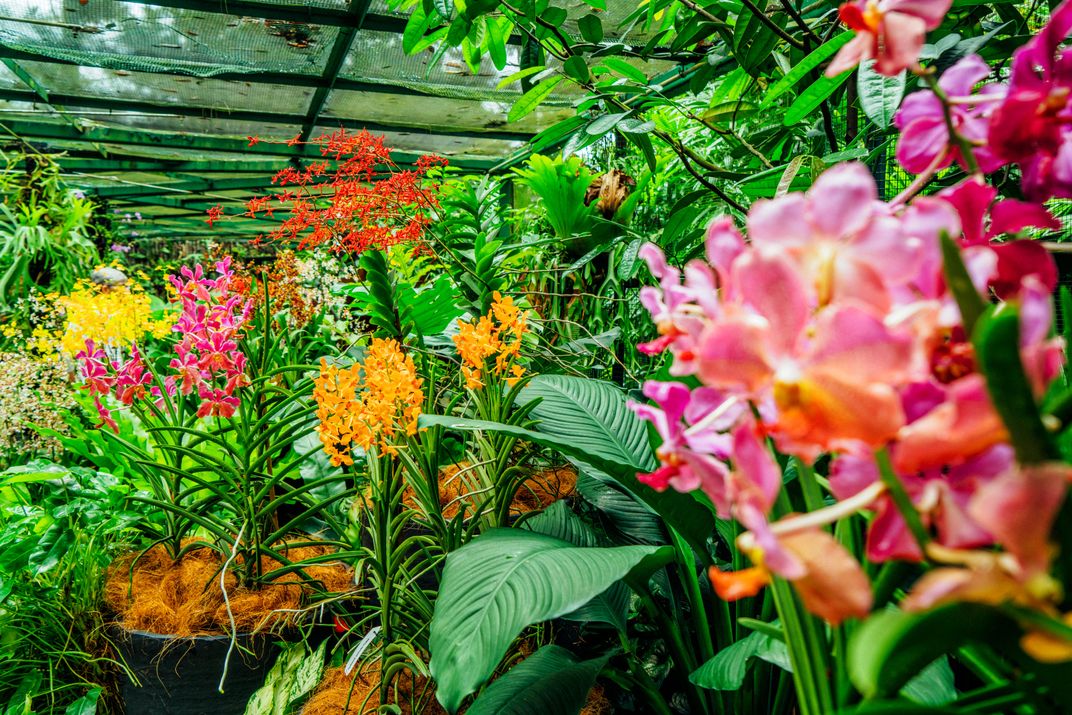
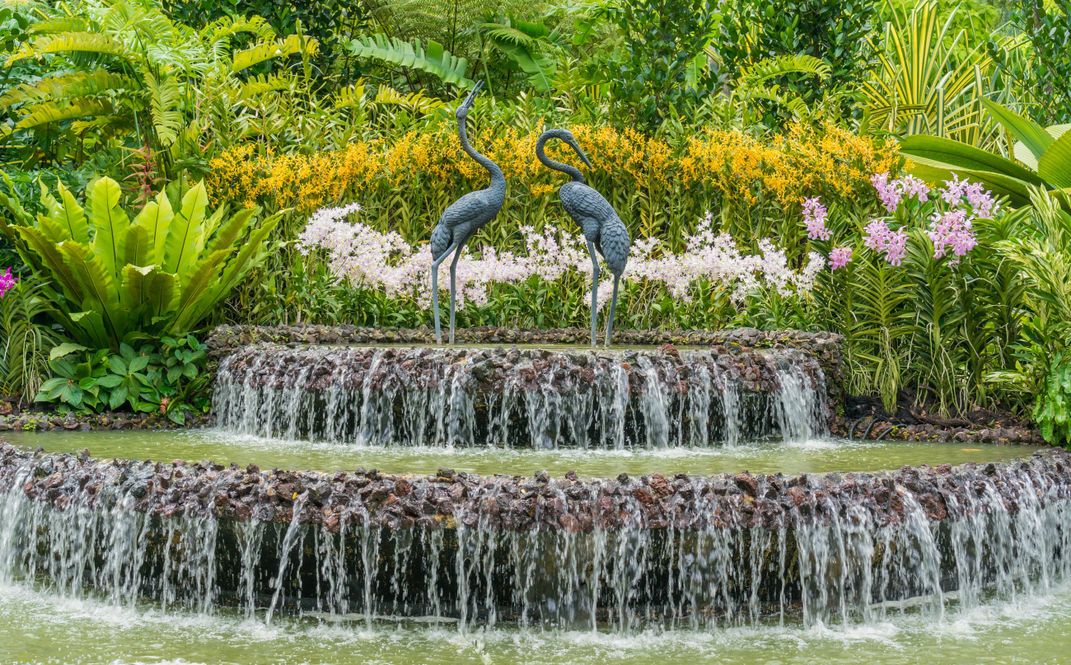
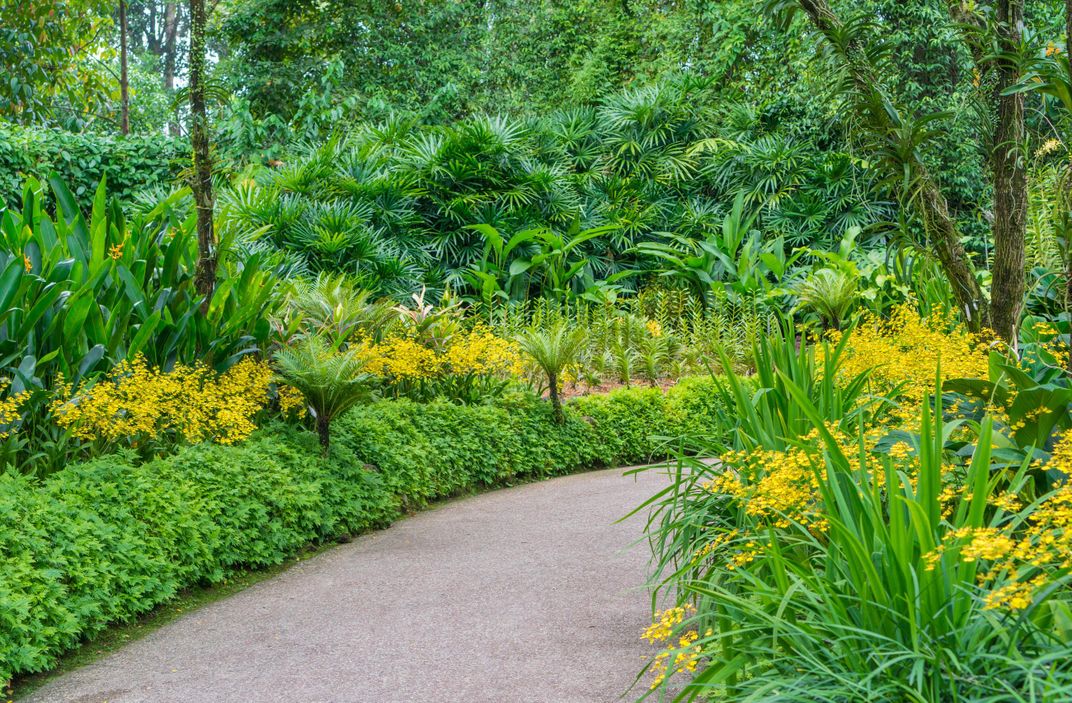
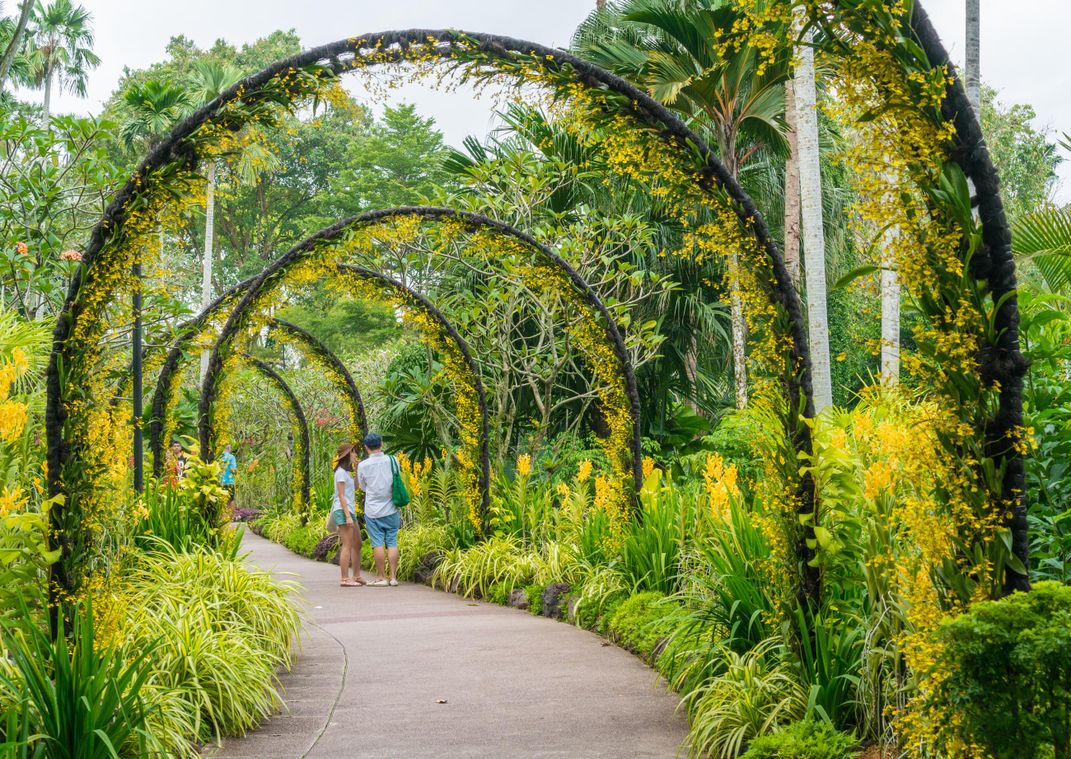
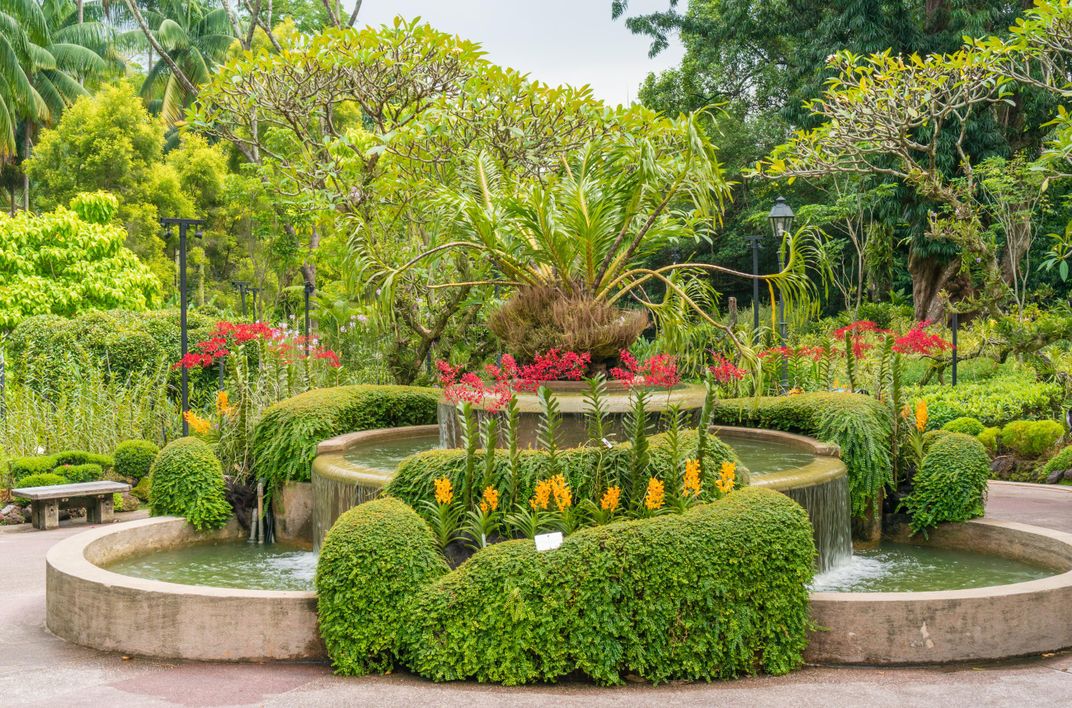
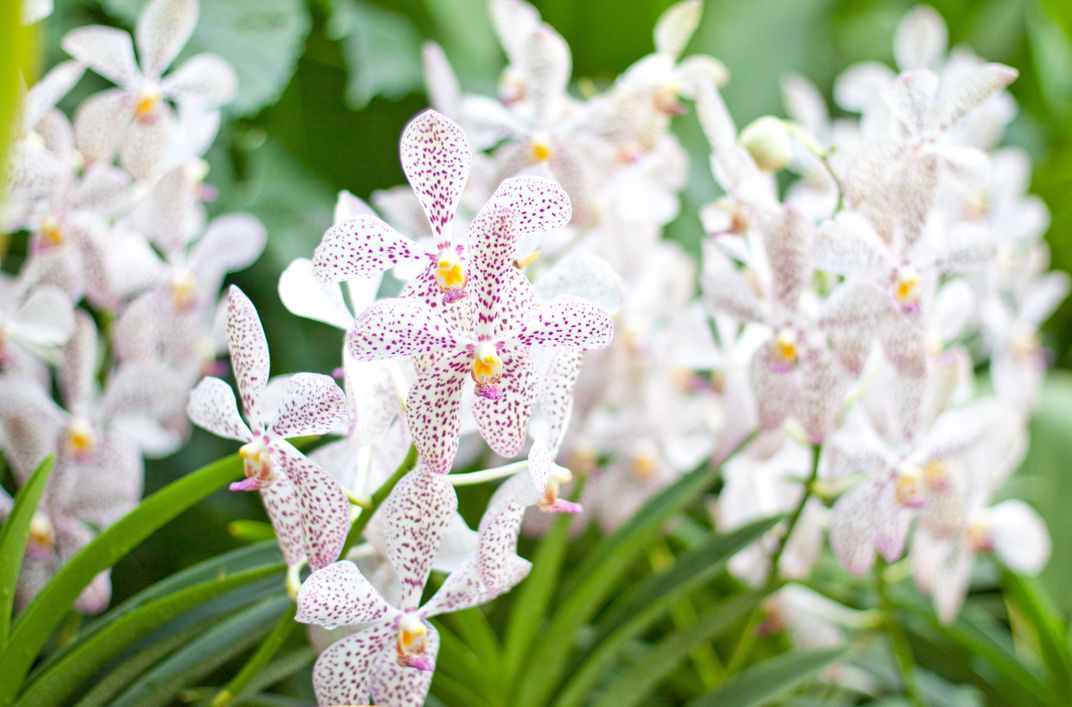
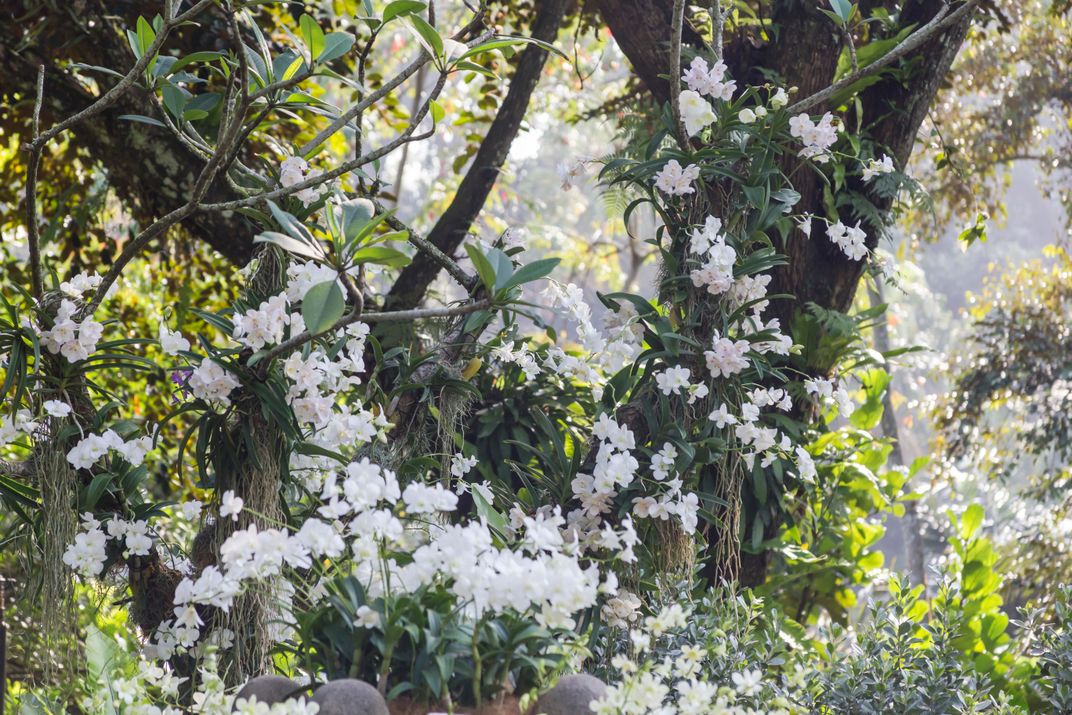
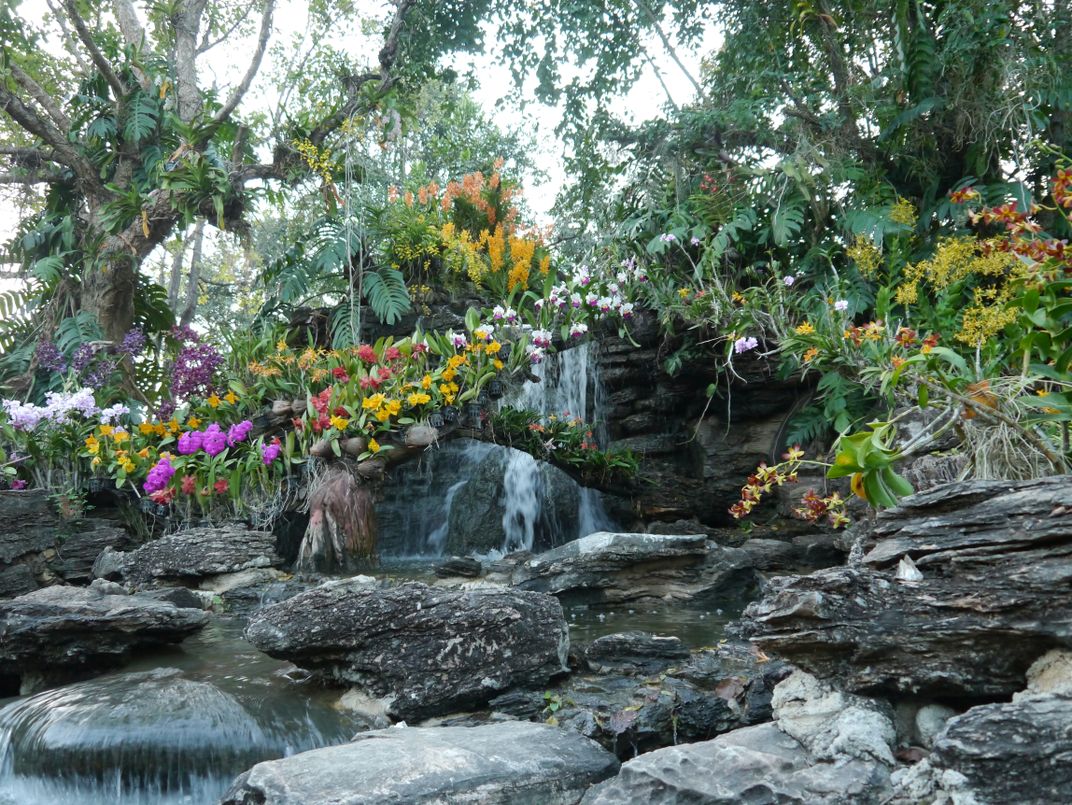
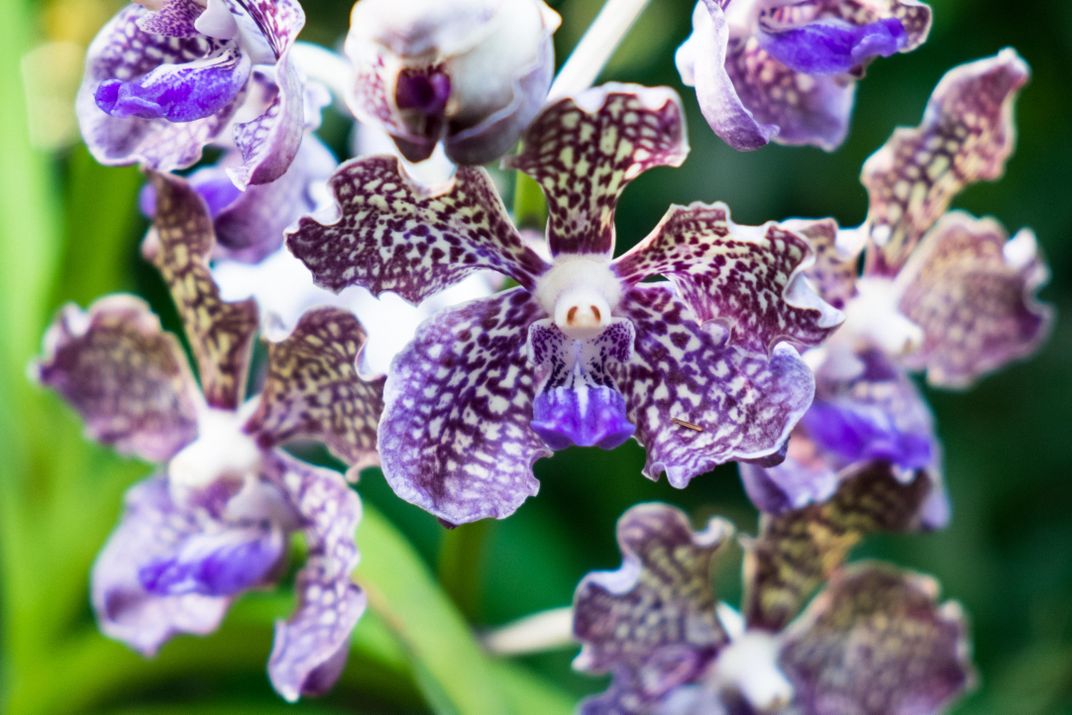
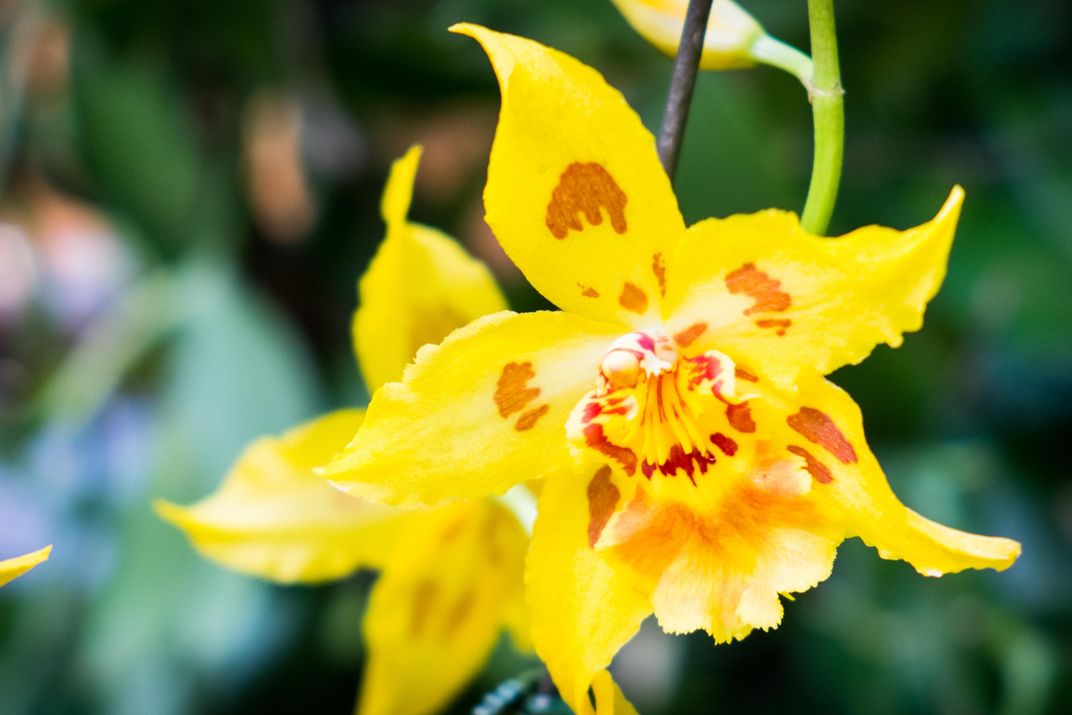
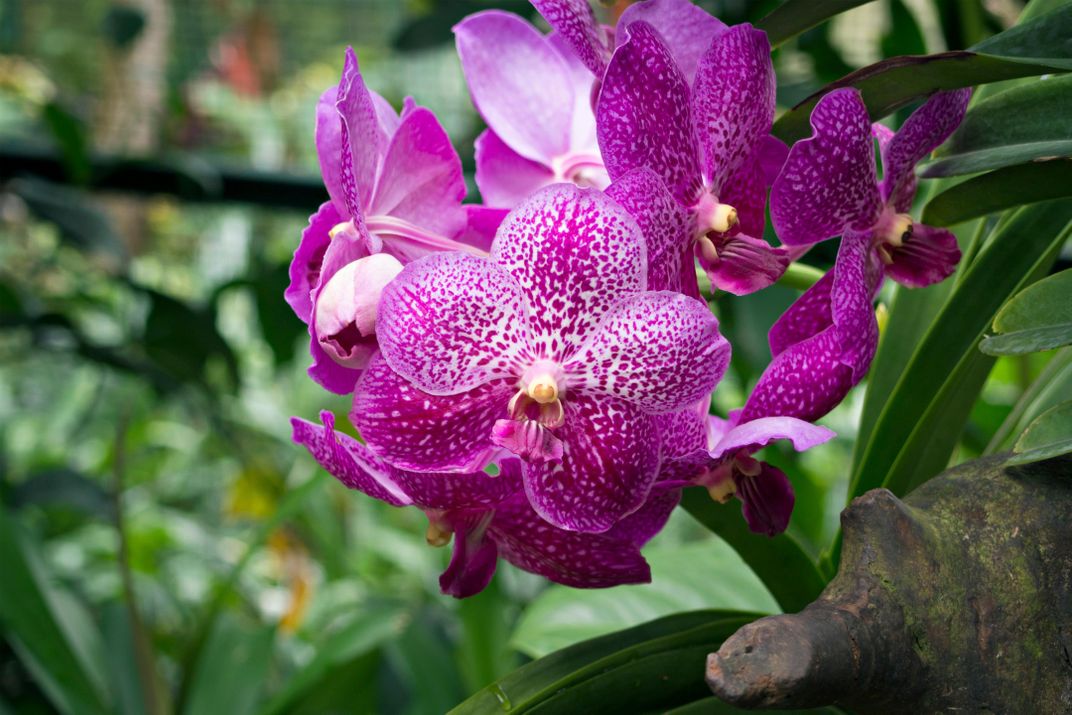

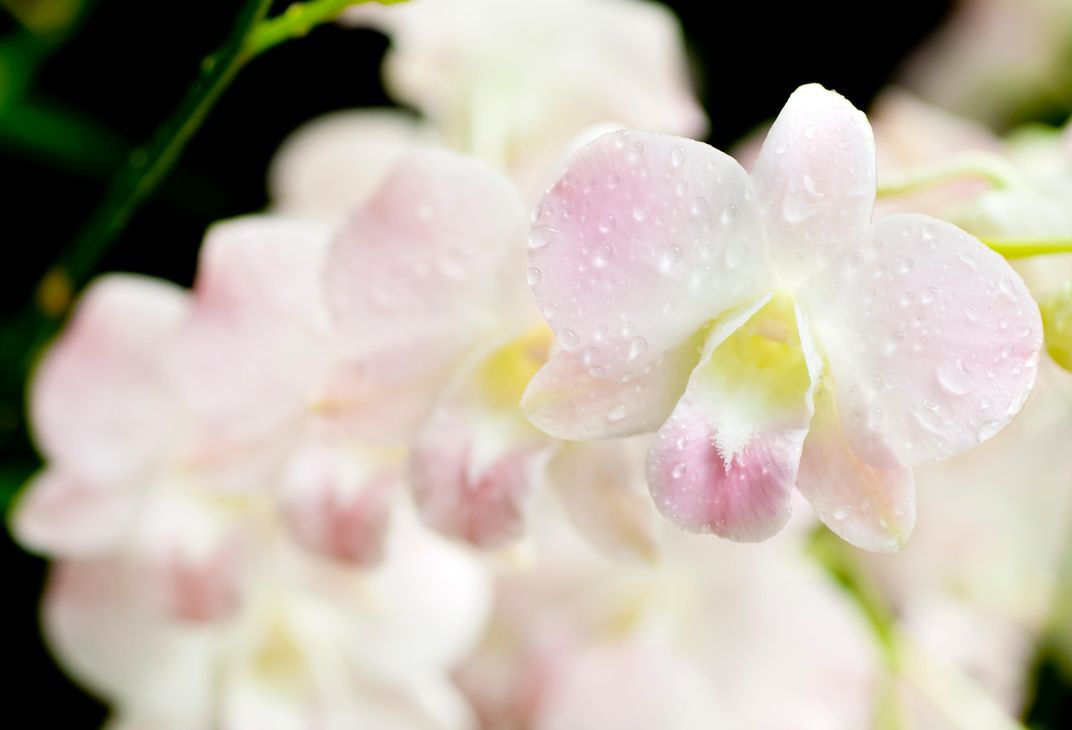
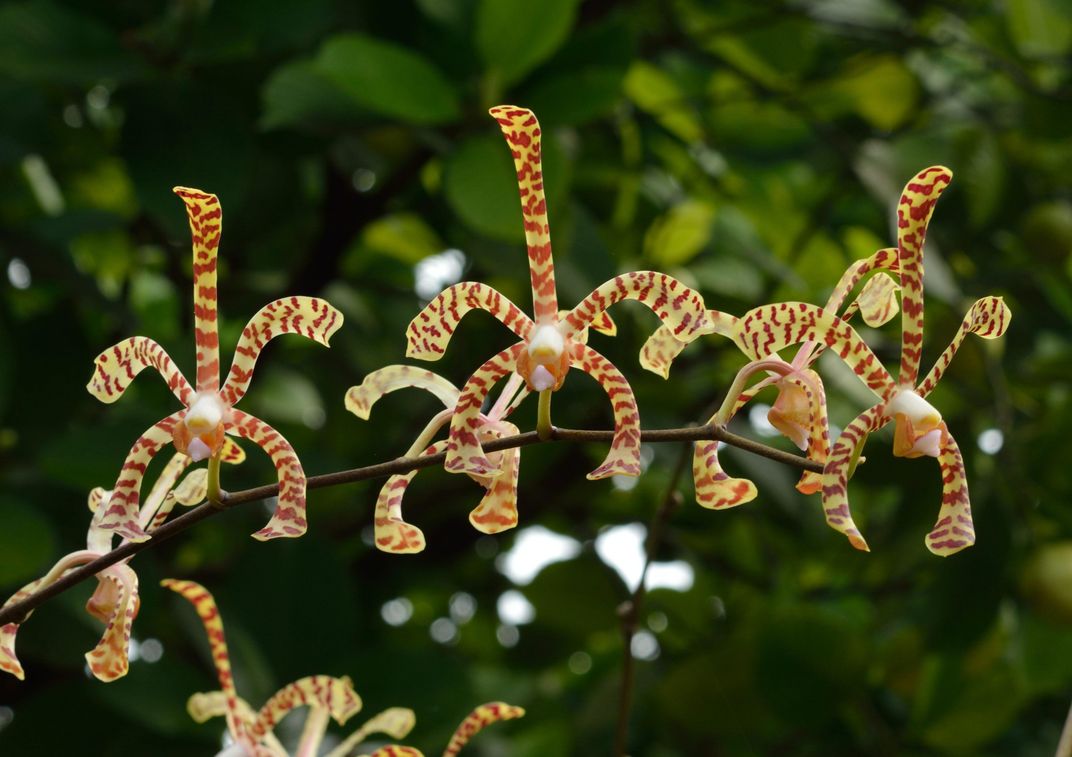
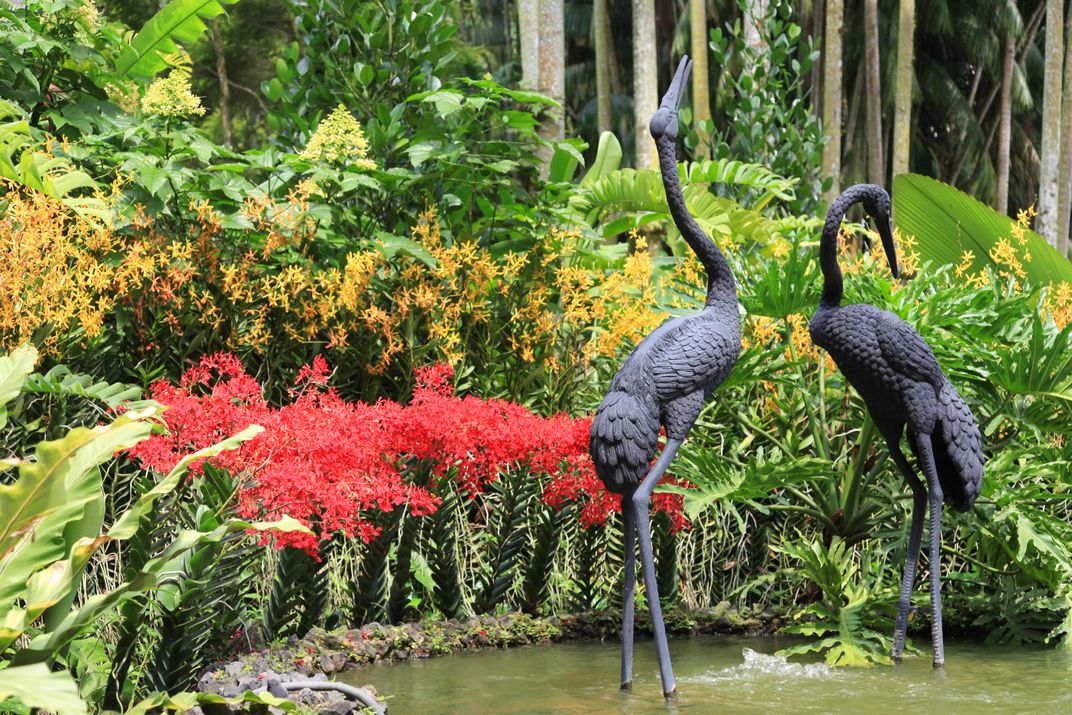
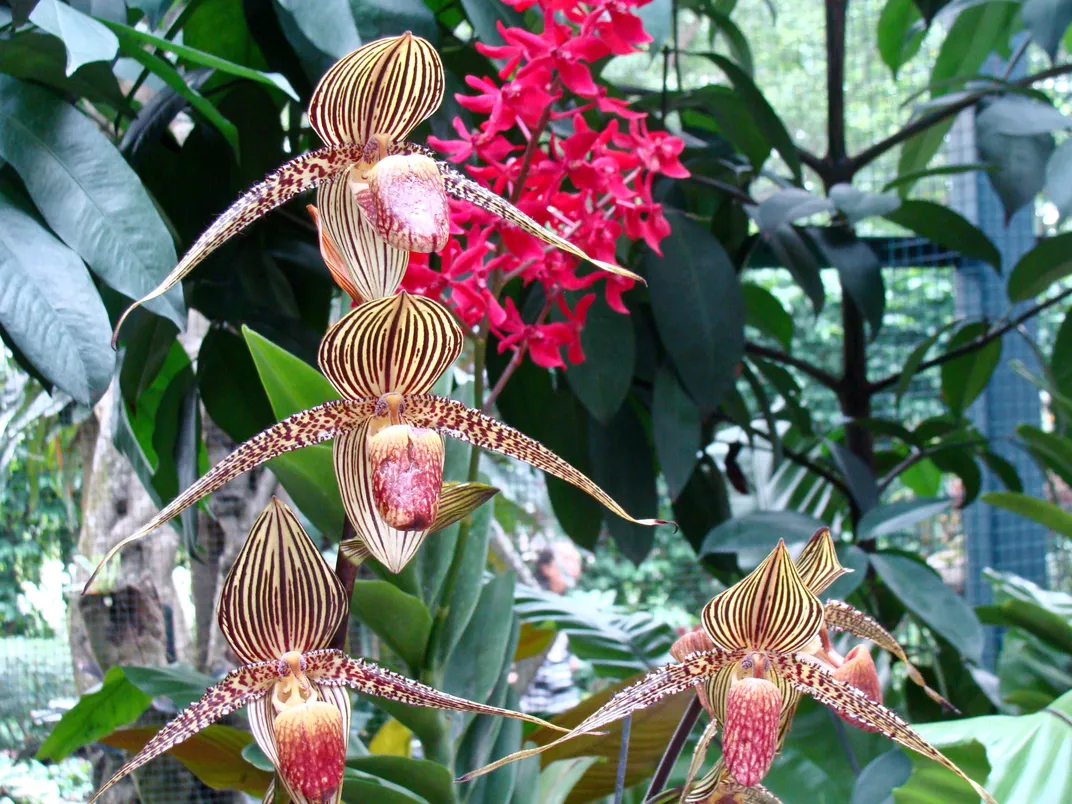
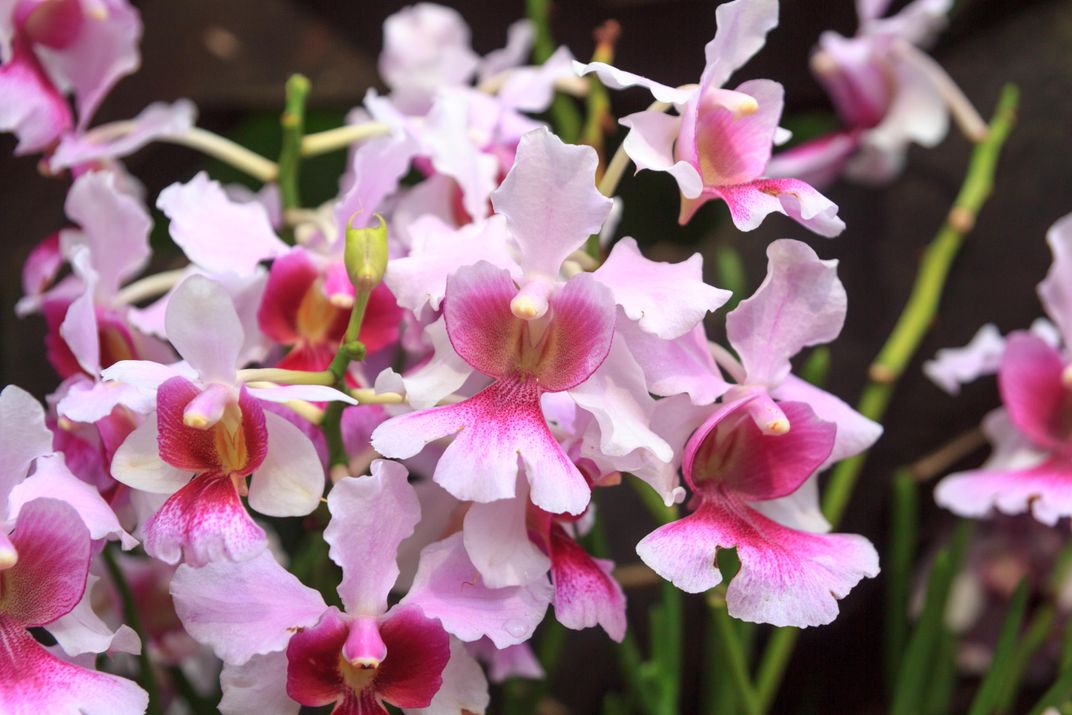
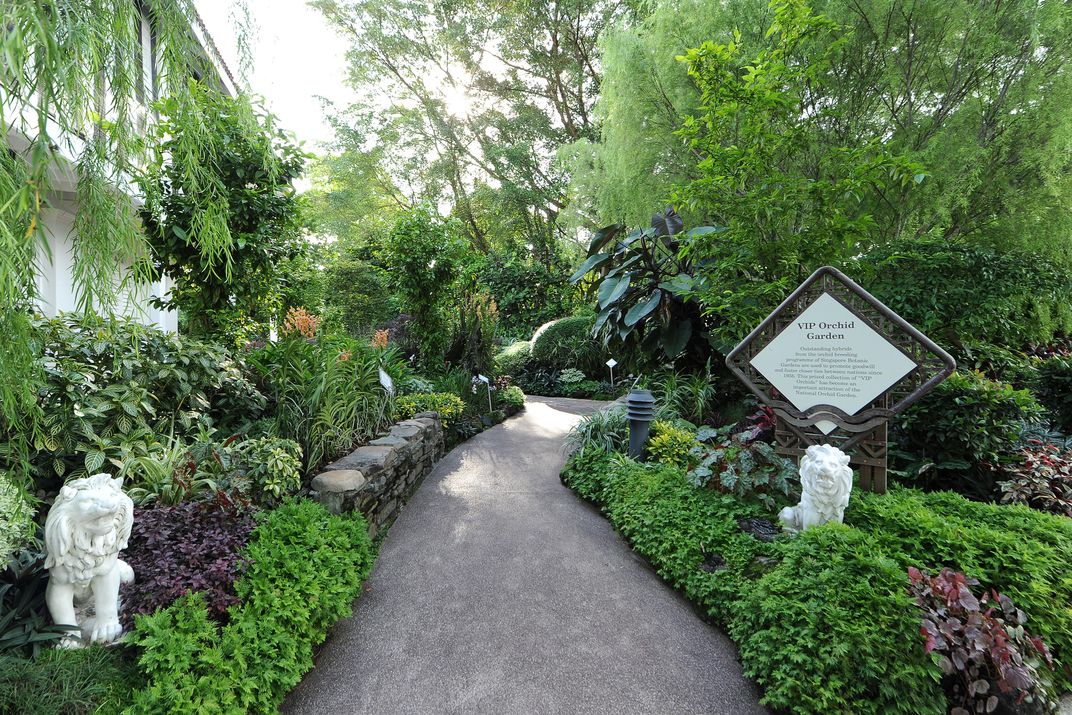
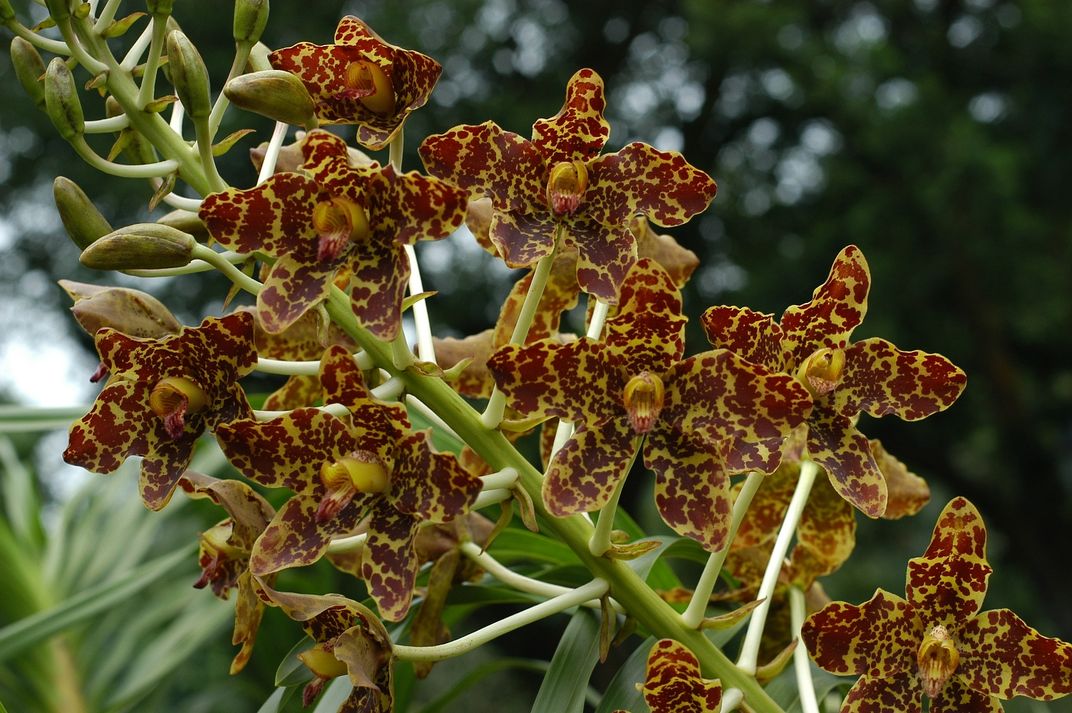
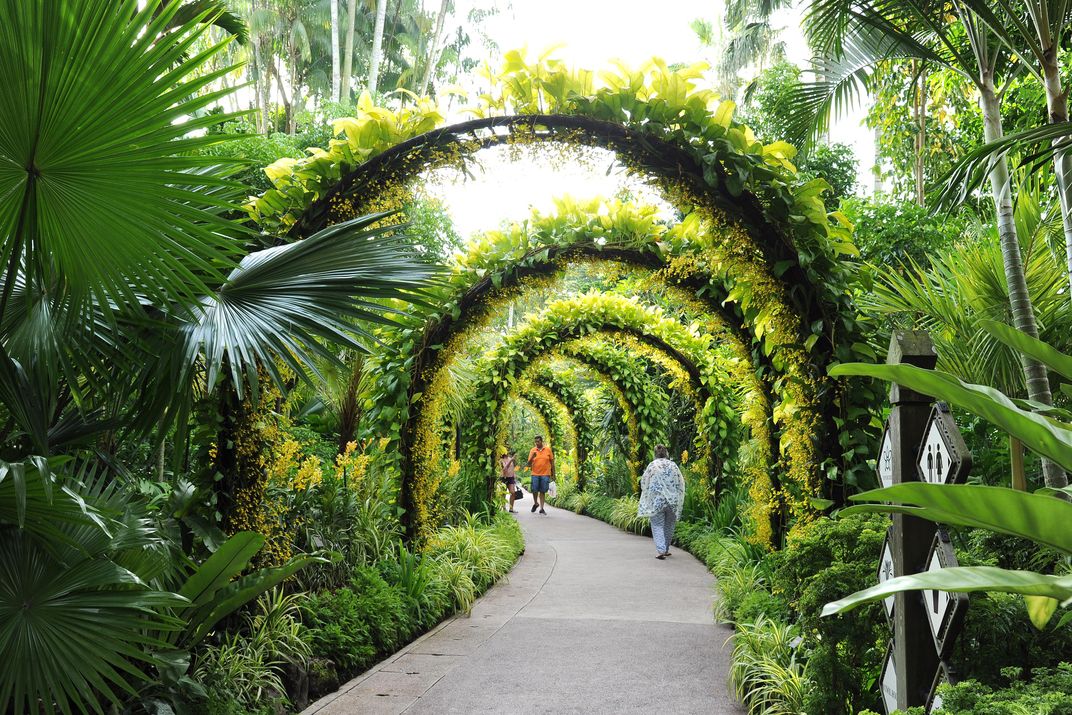

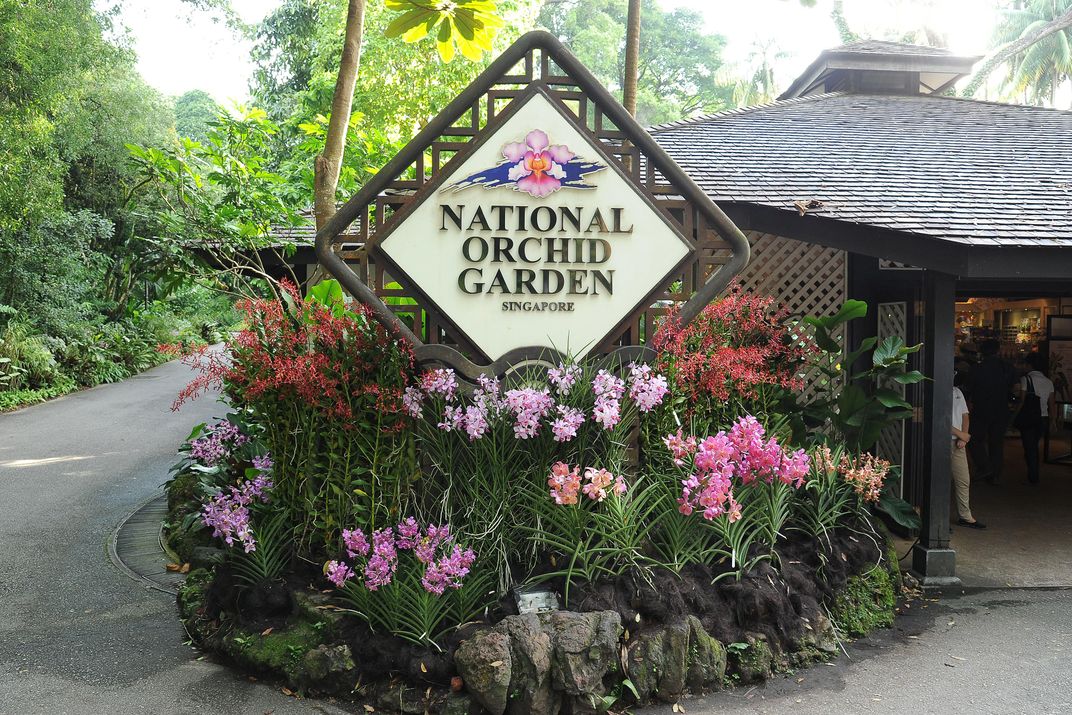
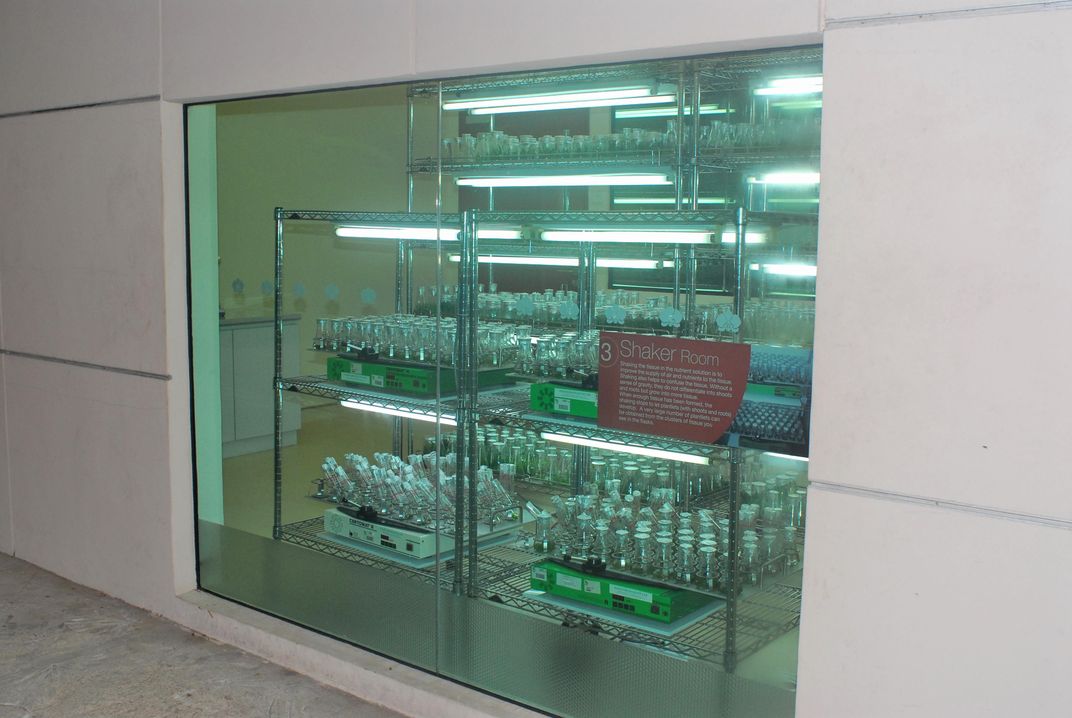
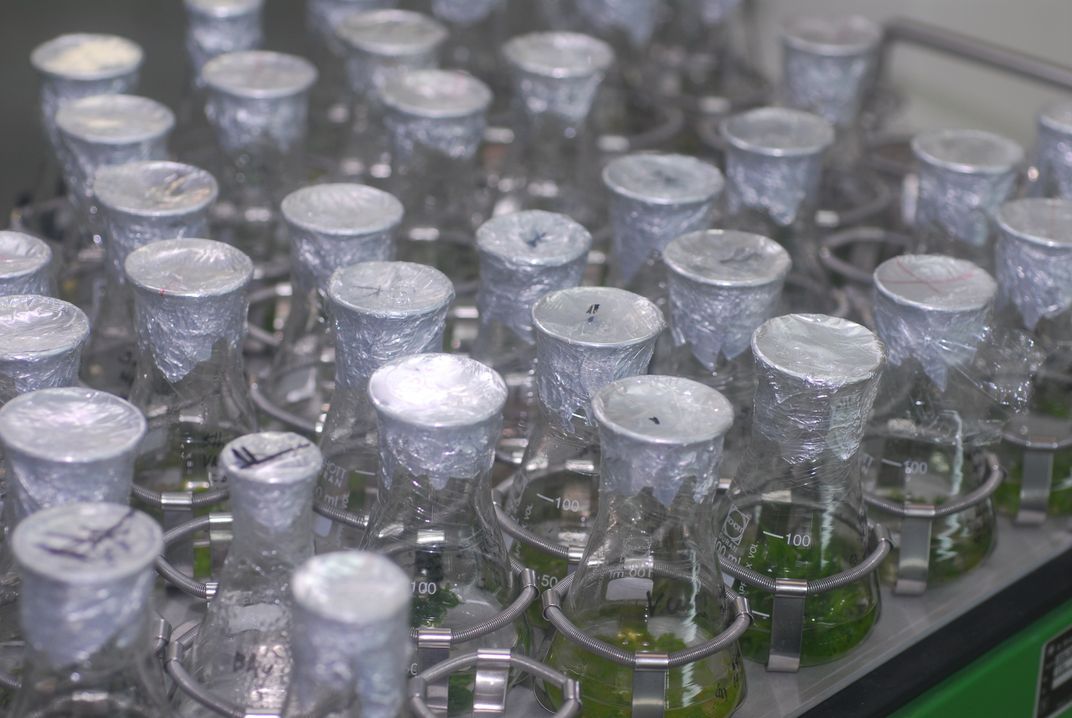
/https://tf-cmsv2-smithsonianmag-media.s3.amazonaws.com/accounts/headshot/JenniferBillock.png)